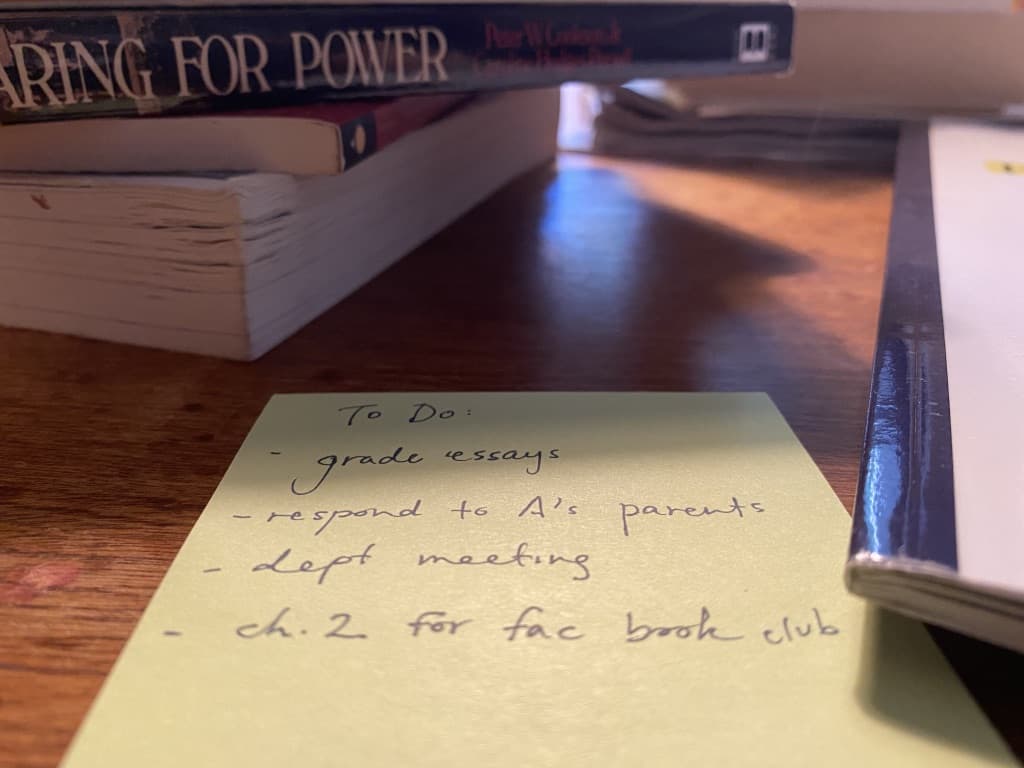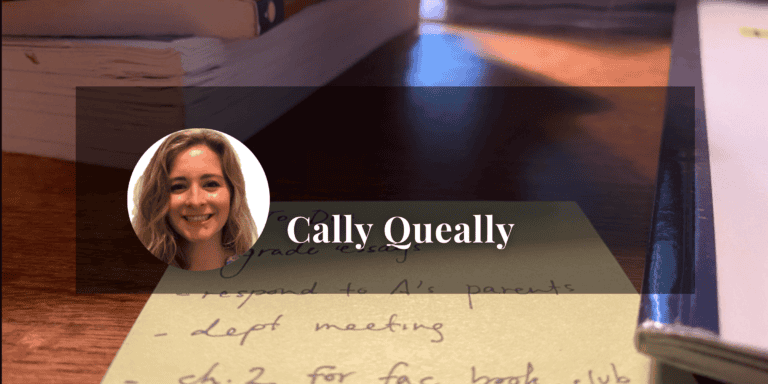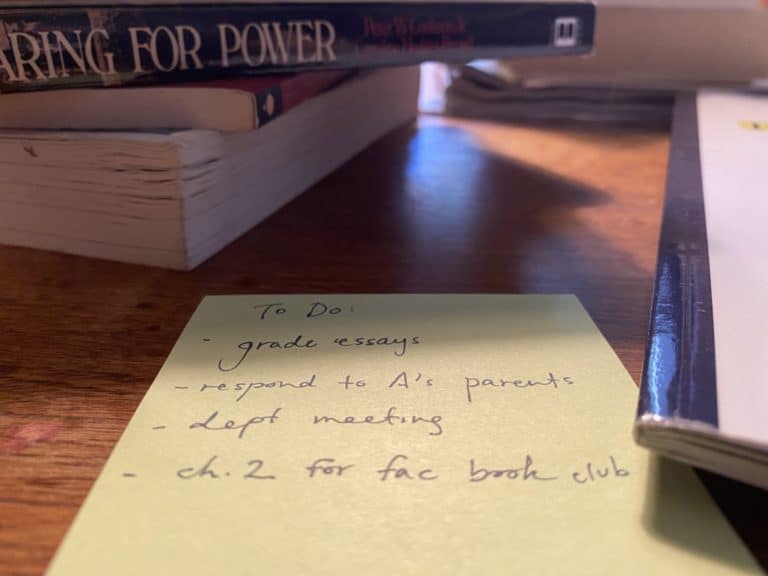Self Paced Learning and Student-Led Discussion, Together?
Beyond the Syllabus posts offer a round-up of resources that are “practice-adjacent,” as Katherine often says. We offer recs for podcasts, fiction and non, and TED talks that offer delightful – if surprising – ways to rethink or enrich discussion practice.
This week, we tapped into the trend of self-paced learning, which has become especially relevant in a period of distance/hybrid learning. Research into self-paced environments, especially for middle school students, suggests that self-pacing heightens student motivation and engagement through effective, and developmentally appropriate, differentiation. Could self-pacing fit in a student-led, discussion-centered environment? If it can, how? We look to two resources that invite us to imagine new possibilities.
Interview Jennifer Gonzales with Natalie McCutchen, “Self-Paced Learning: How One Teacher Does It.”
McCutchen describes, to Gonzales, a highly differentiated classroom. Her middle school students take pre-tests that determine weak areas, and then she works with students to build up an action plan to address individual needs. Such pre-testing and independent learning gives young students early ownership over, and responsibility for, their education. From there, students self-check along the way. The classroom is, understandably, “organized chaos.” What intrigues us most about McCutchen’s description of a self-paced classroom is that she still encourages students to collaborate and work together to meet learning needs: not only is the need to work and improve skills normative, but students also talk enough about what they need to know that they can find others who share the same needs, or others who can puzzle through problems with them. We see this metacognition made public as a key moment of transfer from the “self-paced” style to a class discussion — and a way in which practices from self-paced learning could strengthen the efficacy of a student-led discussion.
How-To Ryan Steinbach, “How to Help Middle School Students to Learn Independently.”
Steinbach’s story of his own efforts to implement self-paced learning mirror best practices in teaching student-led discussion. We were surprised by how many of the skills, disciplines, and approaches Steinbach learned to introduce in his own class mirror what we, as discussion leaders, implement with our students (especially middle school students). For example, when introducing choice, Steinbach recommends starting with small and specific choices, then gradually helping students gain autonomy. In a student-led discussion, teachers similarly begin with tight focus and help students to build from there. Other commitments to breaking up self-pacing into smaller skills and treating “completion” as an idea apart from learning also mirror best practices in student-led discussion. We began to see, in Steinbach’s idea, that maybe teaching a student-centered discussion means teaching an ensemble version of self-paced work.
Ultimate Analysis: The similarities between McCutchen/Steinbach’s approaches and our own suggests a new possibility for the integration of self-paced learning into student-led discussion environments, or vice versa. Considering the parallels of metacognition, identifying (and discussing) areas for growth, and gradually expanding small sets of skills into increasingly complex tasks, we feel that these two (ostensibly divergent) pedagogies could coexist within a school, or even a specific classroom, across the year. Especially during a period of hybrid learning — with students in and out of school — this links in content and framing might help students bridge between deeply collaborative classroom environments and independent at-home workspaces.






